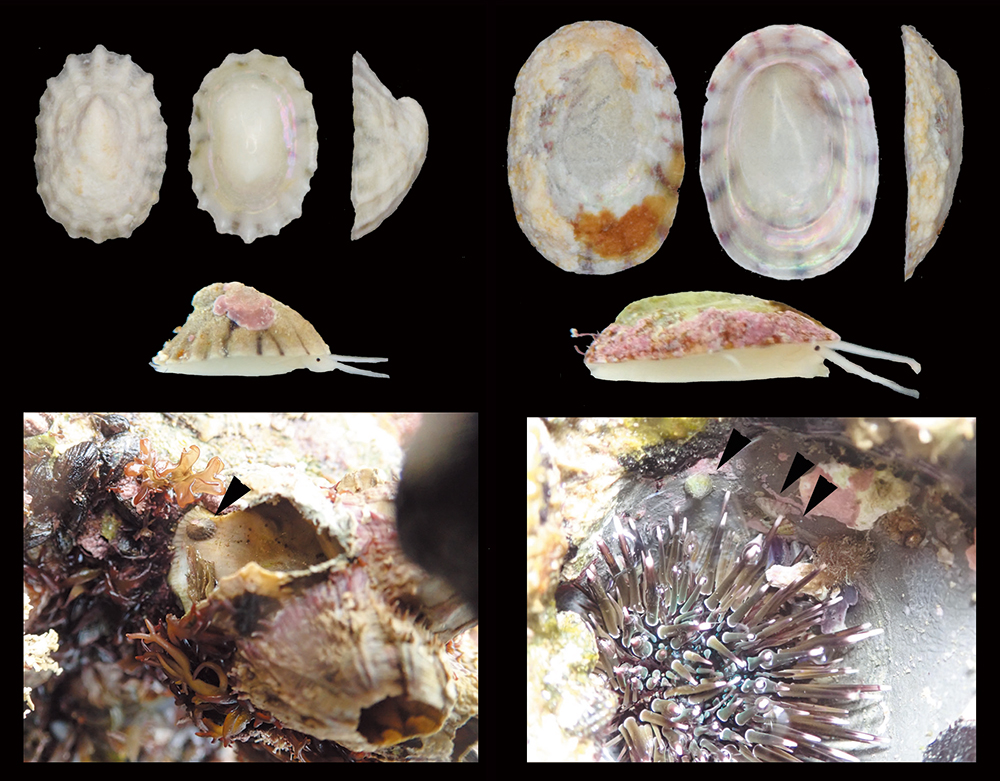2024-10-02 スイス連邦工科大学ローザンヌ校(EPFL)
<関連情報>
- https://actu.epfl.ch/news/modeling-the-minutia-of-motor-manipulation-with-ai/
- https://www.cell.com/neuron/fulltext/S0896-6273(24)00650-0
カリキュラムベースの強化学習で筋骨格系スキルを習得する Acquiring musculoskeletal skills with curriculum-based reinforcement learning
Alberto Silvio Chiappa∙ Pablo Tano∙ Nisheet Patel∙ Abigaïl Ingster∙ Alexandre Pouget∙ Alexander Mathis
Neuron Published:October 1, 2024
DOI:https://doi.org/10.1016/j.neuron.2024.09.002
Graphical abstract
Highlights
•We succeeded in training a musculoskeletal model on an object-manipulation task
•The static to dynamic stabilization (SDS) curriculum is inspired by coaching practice
•Akin to experimental data, SDS learns low-dimensional kinematic and kinetic spaces
•Learned muscle synergies are highly task specific and thus generalize poorly
Summary
Efficient musculoskeletal simulators and powerful learning algorithms provide computational tools to tackle the grand challenge of understanding biological motor control. Our winning solution for the inaugural NeurIPS MyoChallenge leverages an approach mirroring human skill learning. Using a novel curriculum learning approach, we trained a recurrent neural network to control a realistic model of the human hand with 39 muscles to rotate two Baoding balls in the palm of the hand. In agreement with data from human subjects, the policy uncovers a small number of kinematic synergies, even though it is not explicitly biased toward low-dimensional solutions. However, selectively inactivating parts of the control signal, we found that more dimensions contribute to the task performance than suggested by traditional synergy analysis. Overall, our work illustrates the emerging possibilities at the interface of musculoskeletal physics engines, reinforcement learning, and neuroscience to advance our understanding of biological motor control.



